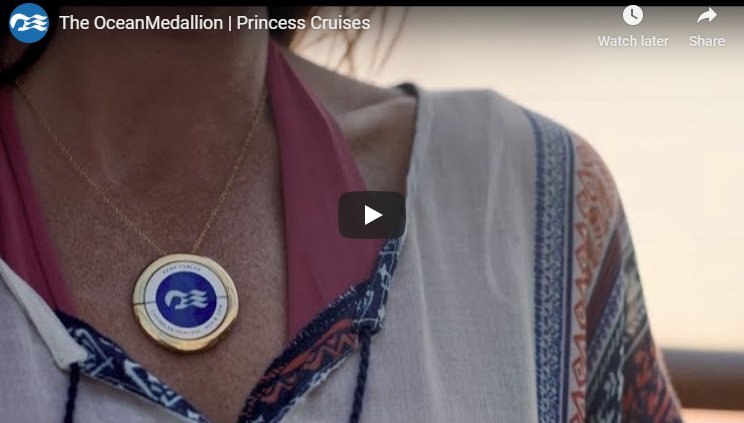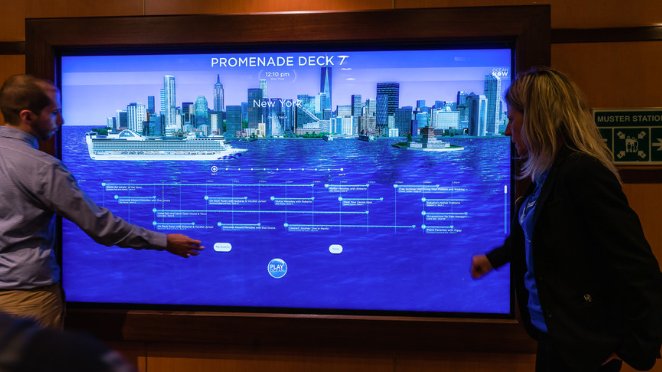Carnival Cruises is using Ocean Medallion™, a beacon that allows you to board the ship, open your room door, navigate the ship, find your family and friends onboard, make reservations and order and pay for food and drinks.
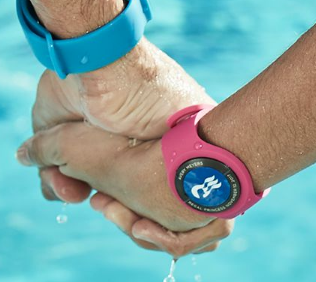
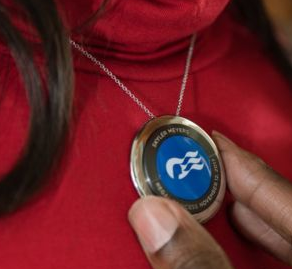
This is a significant and well thought out rollout for many reasons:
- Large undertaking – In order to use the system, each ship is fitted with 75 miles (121km) of cables, more than 7,000 sensors and 4,000 digital screens.
- Mass market promotion – it has even been mentioned on the BBC.
- First large rollout to use beacons with NFC – As we previously mentioned, NFC can be used for, closer, security-related activities such as payment.
- Used as a USP – The How It Works web page is using the added convenience as a unique selling point.
- No battery life problems – The beacon only has to transmit and last as long as the holiday.
- User Experience aware – The beacon has been designed to look like jewellery to gain acceptance. It’s engraved with the customer’s name and can be worn as a necklace, clip or on a keychain.
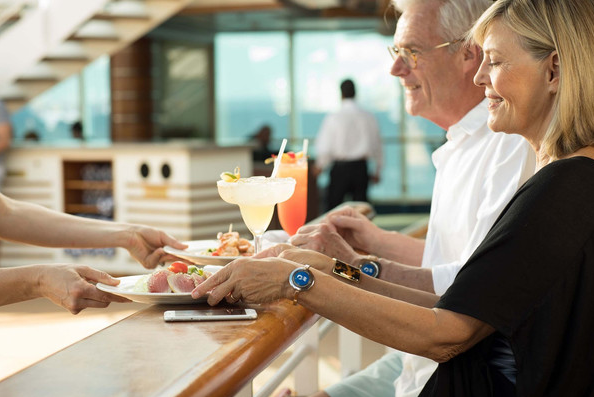
The clever part is that the gains aren’t just for Carnival cruise guests. The new system will also allow more personal location information to be gathered that can be used offer better targeted promotions and hence help increase revenue per customer.
